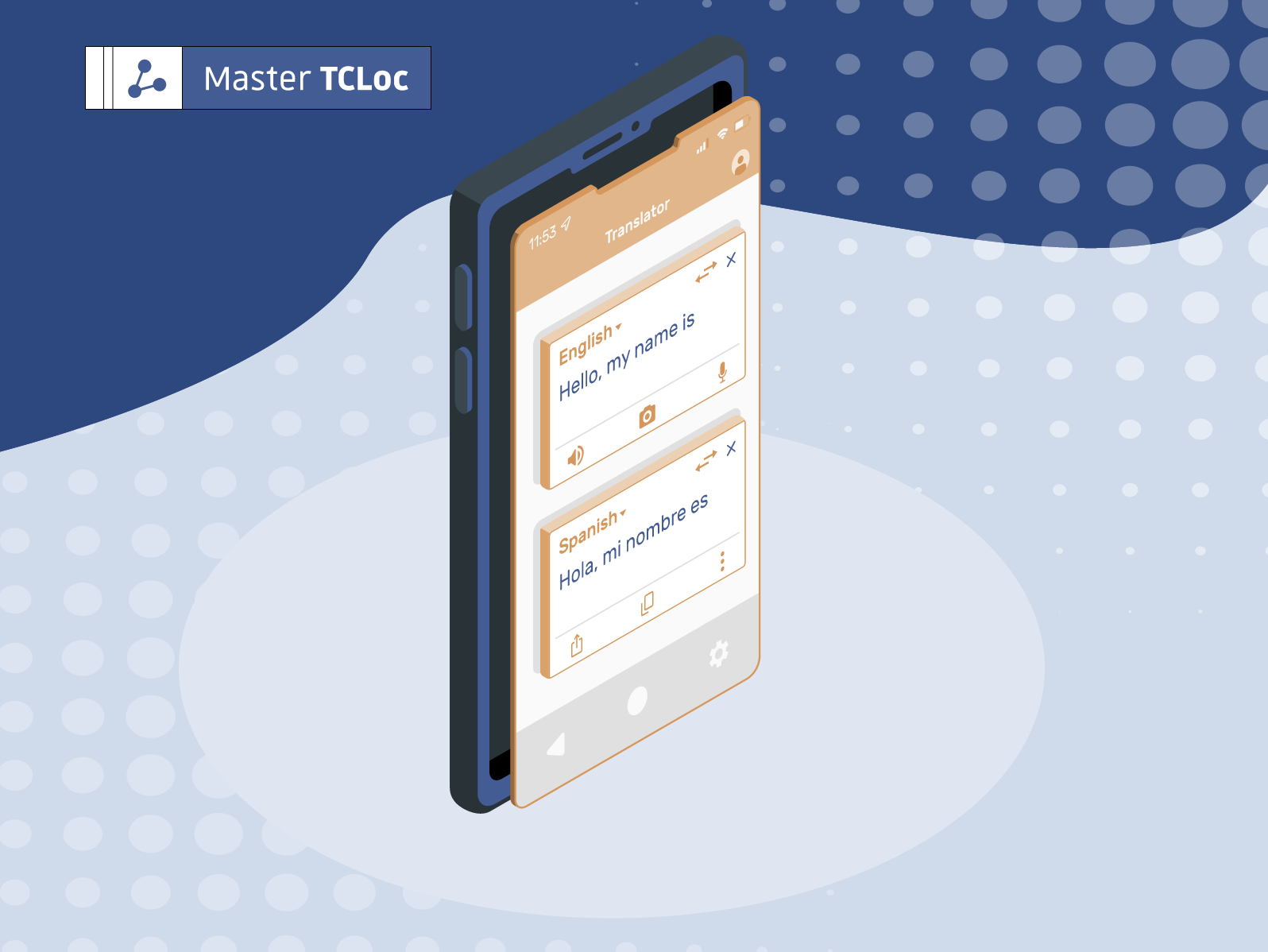Translation quality plays a particularly important role in certain fields (such as the pharmaceutical industry, medicine, contract law, etc.), and can be improved significantly with the help of CAT tools. On the other hand, CAT tools favor the emergence of a new type of error which, in the worst-case scenario, can have dramatic consequences for all parties involved. This article describes the possible causes of this new type of error.
The advantages of CAT tools
Nowadays, it is difficult to imagine modern localization without the use of computer-aided translation, or “CAT” tools. The main benefits of CAT tools are well-known. They include:
- Improved consistency of translations
- Shorter delivery times
- A larger volume of translations at a quicker turnaround time
- Greater quality assurance capabilities
- Cost-saving due to differential pricing.
The disadvantages and problems caused by CAT tools
There is one specific type of error that should have actually been completely eliminated via the use of CAT tools. During my professional career as a translation manager on the buyerside, I have encountered many different translation errors in the delivered documents. These errors ranged from minor mistakes to severe safety-critical faults.
Different error types
Let’s consider the following three incorrect translations from the area of human medicine:
- English source text:
Do not leave missing or broken-off components inside the patient.
French translation:
Ne jamais laisser de pièces manquantes ou brisées dans l’animal.
Meaning of the French translation:
Do not leave missing or broken-off components inside the animal (instead of the patient). - German source text:
Geeignete Handschuhe tragen (Wear suitable gloves).
Chinese translation:
Geeignete Schuhe tragen (Wear suitable shoes). - English source text:
ATTENTION: The pressure compensation cap must not be in place on the vent port.
Meaning of the Finnish translation:
ATTENTION: The pressure compensation cap should be in place on the vent port.
Error analysis
When we take a closer look at the above mentioned examples, we see that they are similar to a certain extent.
The first error can be attributed to the fact that the translation memory (TM) contained two different translations of the English word “patient” into French: one in the context of human medicine (“patient”) and one in the context of veterinary medicine (“animal”).
Although the translation suggestion was incorrect due to the different subjects (human vs veterinary medicine), the translator overlooked this.
In the second example, the error arises from the fact that there was already a translation in the TM which used the word “shoes”. Again, the translator seems to have mistakenly accepted the CAT tool’s suggestion which resulted in a faulty Chinese translation.
The third case has very serious consequences for all parties involved. The very hazard which the source text warns against is recommended in the translation. Again, the TM already contained a version of a translation with “should be”. While the CAT tool’s suggestion is inappropriate, the translator accepted the suggestion without making any necessary changes.
An issue of compliance
One might conclude that the language service provider did not work according to the requirements of the ISO 17100 standard. These errors should have been detected at the latest during the revision stage, i.e. during bilingual editing. However, all these translations were produced by well-known translation agencies with ISO certification. As the examples show, the use of CAT tools in the translation process does not preclude human errors.
The CAT price grid
Nowadays translation costs are calculated per word using a so-called CAT price grid. This means that costs are weighted, depending on the TM match level, that is, whether existing segments match the new translations fully (100% matches), partially (fuzzy matches) or not at all (so called “new words”). 100% matches usually cost about 10% of the full word price, because even 100% matches should be checked for potential context adjustments that may be needed.
In practice, many companies exclude 100% matches from the packages sent to translators, either to avoid these revision costs, or because time constraints do not allow translators to fully check those segments. Therefore, as a consequence of the use of CAT tools, there may be a number of TM suggestions that are correct but inappropriate in specific contexts. Errors arise from accepting these suggestions without checking or adapting them accordingly.
A possible solution
Some argue that translation has come to resemble the industrial mass production process, straying away from its creative origins. However, this need not necessarily be the case. We can use the full power of technology and industry standards to arrive at a translation process that is both efficient and retains its essential human element. One solution that has been discussed recently is rethinking the pricing logic for the industry: what if translators were paid by the hour instead of by the word?
This would mean a shift from a quantitative, word-based approach, to a quality-focused framework where the larger context of the text is considered. This might prove beneficial for everyone:translators and editors would see their working conditions improve and translations managers and users would receive fully adapted, less error-prone translations. Renato Beninatto (Nimdzi Insights) highlights this subject by explaining how crucial it is to renegotiate translation rates for the translation industry.
Join the discussion! Let us know what you think in the comments. And if you’d like to know more about how CAT tools are used, visit our blog.



